South & East Asia 02 - China/Sichuan 01: Sichuan info & on the Min river valley road
Jan 4, 2022 10:54:36 #
Sichuan (四川), alternatively romanized as Szechuan or Szechwan, is a landlocked province in Southwest China occupying most of the Sichuan Basin and the easternmost part of the Tibetan Plateau between the Jinsha River on the west, the Daba Mountains in the north and the Yungui Plateau to the south. Sichuan's capital city is Chengdu. Sichuan covers 486,000 km² and its population stands at 83 million. Sichuan neighbors 7 Chinese provinces, of which the sparsely populated Tibet Autonomous Region to the west is the second largest province of China by area. - It is commonly believed that the name Sichuan means "four rivers", and in folk etymology this is usually taken to mean four of the province's major rivers: the Jialing, Jinsha (or Wu), Min, and Tuo rivers. This interpretation is not universally accepted and it is thought that the name Sichuan actually derives from four ancient imperial administrative circuits during the Northern Song dynasty.
In antiquity, Sichuan was the home of the ancient states of Ba and Shu. Their conquest by Qin strengthened it and paved the way for the unification of China under the Qin dynasty. During the Three Kingdoms era, Shu was based in Sichuan. The area was devastated in the 17th century by Zhang Xianzhong's rebellion and the area's subsequent Manchu conquest, but recovered to become one of China's most productive areas by the 19th century. During World War II, Chongqing served as the temporary capital of the Republic of China, making it the focus of Japanese bombing. It was one of the last mainland areas captured by the People's Liberation Army during the Chinese Civil War and was divided into four parts from 1949 to 1952. It suffered gravely during the Great Chinese Famine of 1959–61 but remained China's most populous province until Chongqing Municipality was separated from it in 1997.
The Han Chinese people of Sichuan speak a unique form of Mandarin, which took shape during the area's repopulation under the Ming. The family of dialects is now spoken by about 120 million people, which would make it the 10th most spoken language in the world if counted separately. The area's warm damp climate long caused Chinese medicine to advocate spicy dishes; the native Sichuan pepper helped to form modern Sichuan cuisine, whose dishes—including Kung Pao chicken and mapo tofu—have become staples of Chinese cuisine around the world.
In 1950, the former province of Xikang was dissolved and its territory was later split between the newly established Tibet Autonomous Region and the Province of Sichuan. The western and northwestern part of Sichuan is made up of Tibetan and Qiang autonomous areas and this is the area that we were visiting on this trip.
-------------------------------------------------------------------------------------------------------------------------------
In this second segment, we are starting our bus tour with a rather large group of mainly Canadian and American Chinese visitors - I happen to be the only non-Chinese in the group. The guide's explanations were in Mandarin and Cantonese Chinese, of which I just have a very basic understanding and my wife Susan was providing the translation where appropriate. While the guide was providing the information, I was mainly on the lookout for "photographic opportunities".
Once we exited the city center of Chengdu, we followed the course of the river Min for the entire day, stopping at various scenic points as well as visiting a few towns on the way.
Please note that all of these pictures were taken out of the fast-moving bus window.
Notes
TRIP INFO: Set # 1 provides a brief introduction to this series. The link below lets you review this intro:
https://www.uglyhedgehog.com/t-724330-1.html
Thanks for visiting, I recommend viewing the downloads and look forward to your comments and questions.
.
In antiquity, Sichuan was the home of the ancient states of Ba and Shu. Their conquest by Qin strengthened it and paved the way for the unification of China under the Qin dynasty. During the Three Kingdoms era, Shu was based in Sichuan. The area was devastated in the 17th century by Zhang Xianzhong's rebellion and the area's subsequent Manchu conquest, but recovered to become one of China's most productive areas by the 19th century. During World War II, Chongqing served as the temporary capital of the Republic of China, making it the focus of Japanese bombing. It was one of the last mainland areas captured by the People's Liberation Army during the Chinese Civil War and was divided into four parts from 1949 to 1952. It suffered gravely during the Great Chinese Famine of 1959–61 but remained China's most populous province until Chongqing Municipality was separated from it in 1997.
The Han Chinese people of Sichuan speak a unique form of Mandarin, which took shape during the area's repopulation under the Ming. The family of dialects is now spoken by about 120 million people, which would make it the 10th most spoken language in the world if counted separately. The area's warm damp climate long caused Chinese medicine to advocate spicy dishes; the native Sichuan pepper helped to form modern Sichuan cuisine, whose dishes—including Kung Pao chicken and mapo tofu—have become staples of Chinese cuisine around the world.
In 1950, the former province of Xikang was dissolved and its territory was later split between the newly established Tibet Autonomous Region and the Province of Sichuan. The western and northwestern part of Sichuan is made up of Tibetan and Qiang autonomous areas and this is the area that we were visiting on this trip.
-------------------------------------------------------------------------------------------------------------------------------
In this second segment, we are starting our bus tour with a rather large group of mainly Canadian and American Chinese visitors - I happen to be the only non-Chinese in the group. The guide's explanations were in Mandarin and Cantonese Chinese, of which I just have a very basic understanding and my wife Susan was providing the translation where appropriate. While the guide was providing the information, I was mainly on the lookout for "photographic opportunities".
Once we exited the city center of Chengdu, we followed the course of the river Min for the entire day, stopping at various scenic points as well as visiting a few towns on the way.
Please note that all of these pictures were taken out of the fast-moving bus window.
Notes
TRIP INFO: Set # 1 provides a brief introduction to this series. The link below lets you review this intro:
https://www.uglyhedgehog.com/t-724330-1.html
Thanks for visiting, I recommend viewing the downloads and look forward to your comments and questions.
.
1 - Title page for the China/Sichuan part set on an image of green and yellow tree reflections on the deep blue waters of the Five Flower Lake - Ni Hao means Hello/How are you in Mandarin Chinese
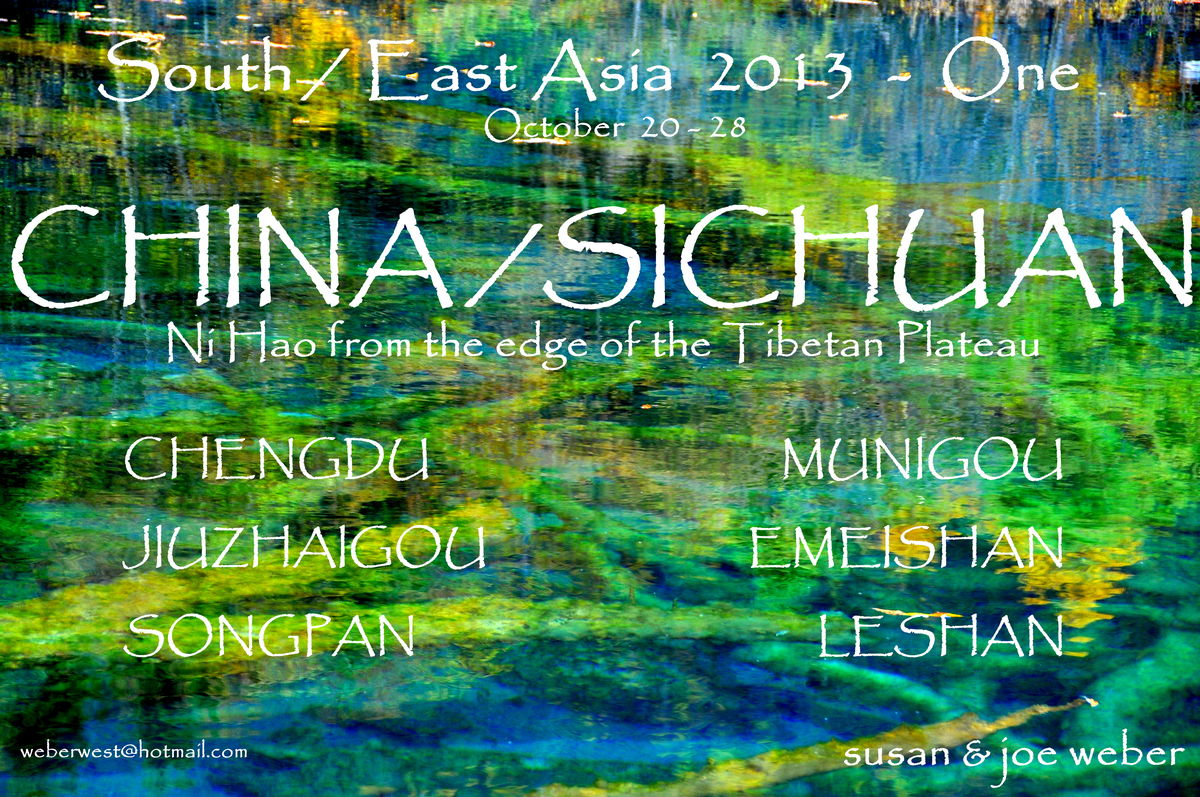
(Download)
2 - Map of our travels within Sichuan: First up to the Jiuzhaigou valley with various towns en-route, then to Emeishan monastery and the Giant Buddha statue at Leshan, and finally a look at the Giant Panda Base and Sichuan's capital city of Chengdu
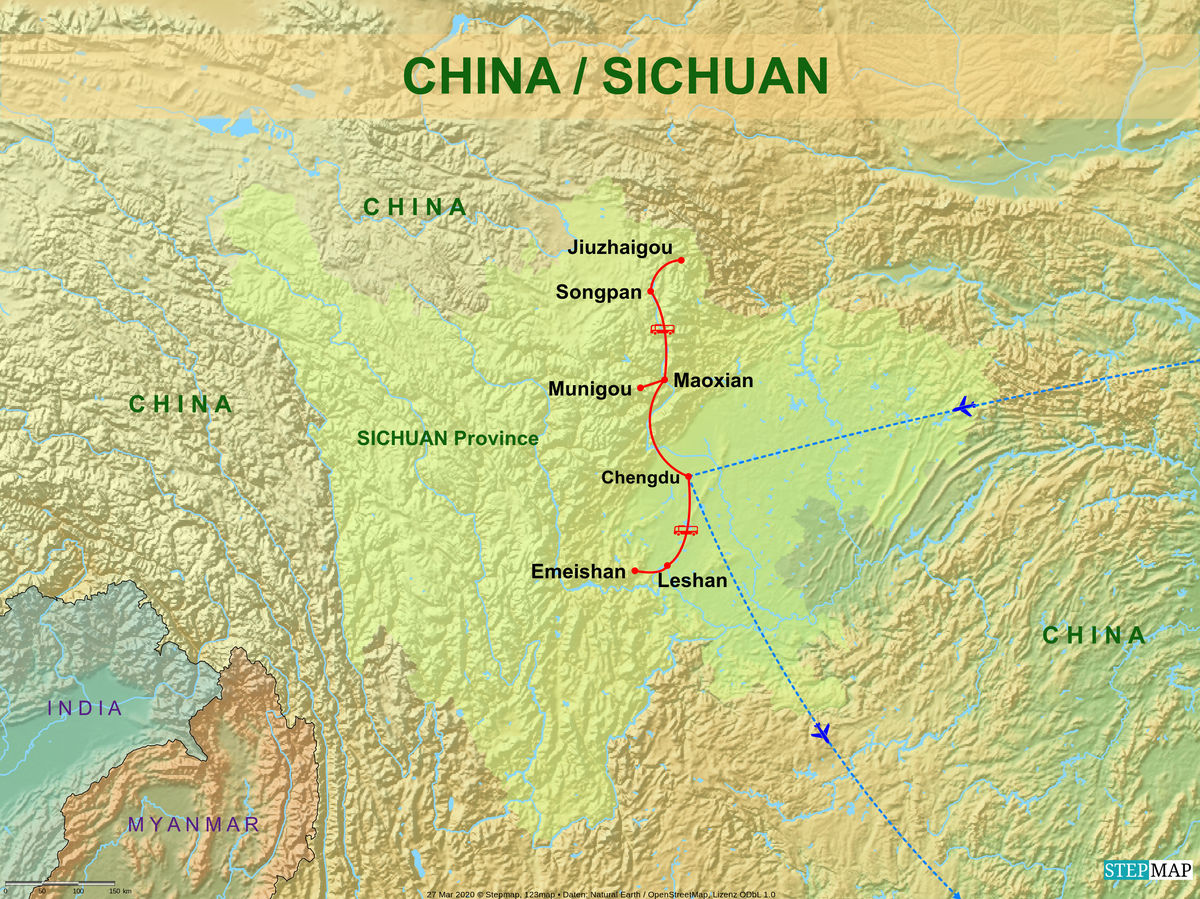
(Download)
3 - Setting out from Chengdu, we first travel in the Min river valley along the Min river with a presently very scant water flow
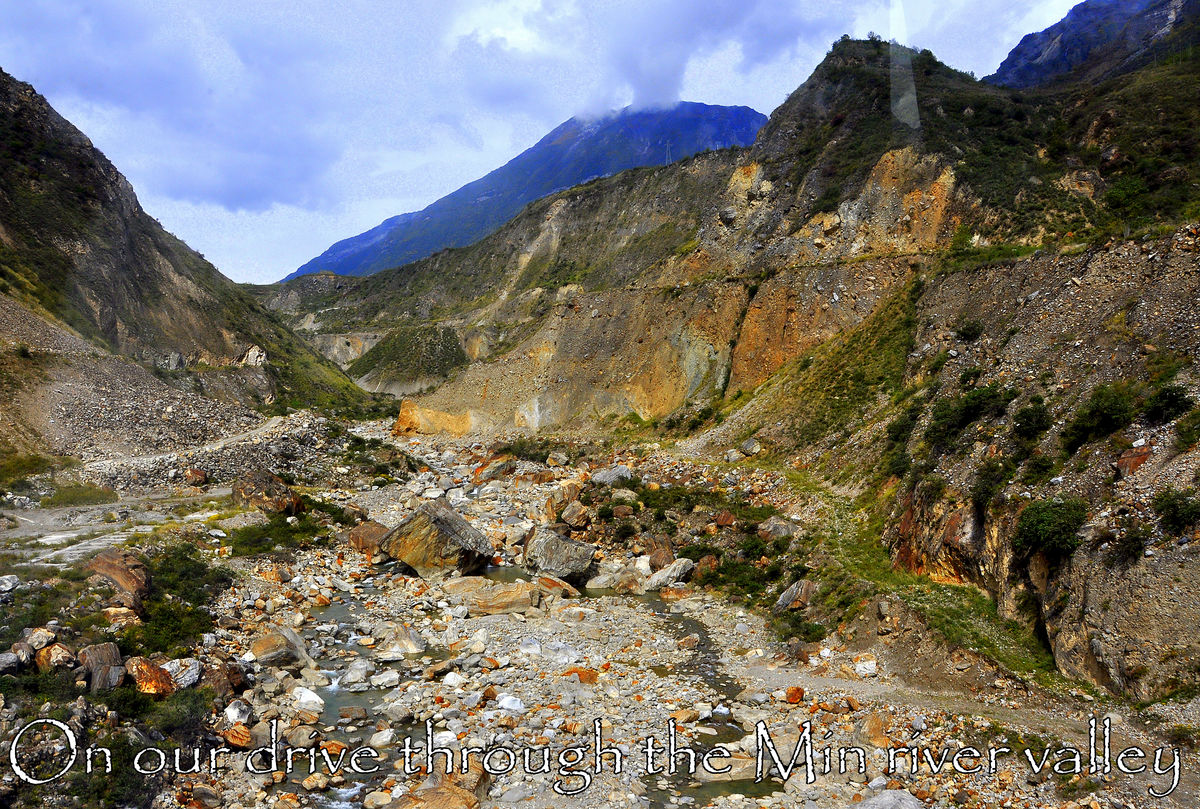
(Download)
4 - Double lines on China's winding roads do not seem to deter overtaking - but no worries, this looks more dramatic than it really is: On this stretch, in the morning there is one-way traffic going uphill,the downhill-traffic comes in the afternoon
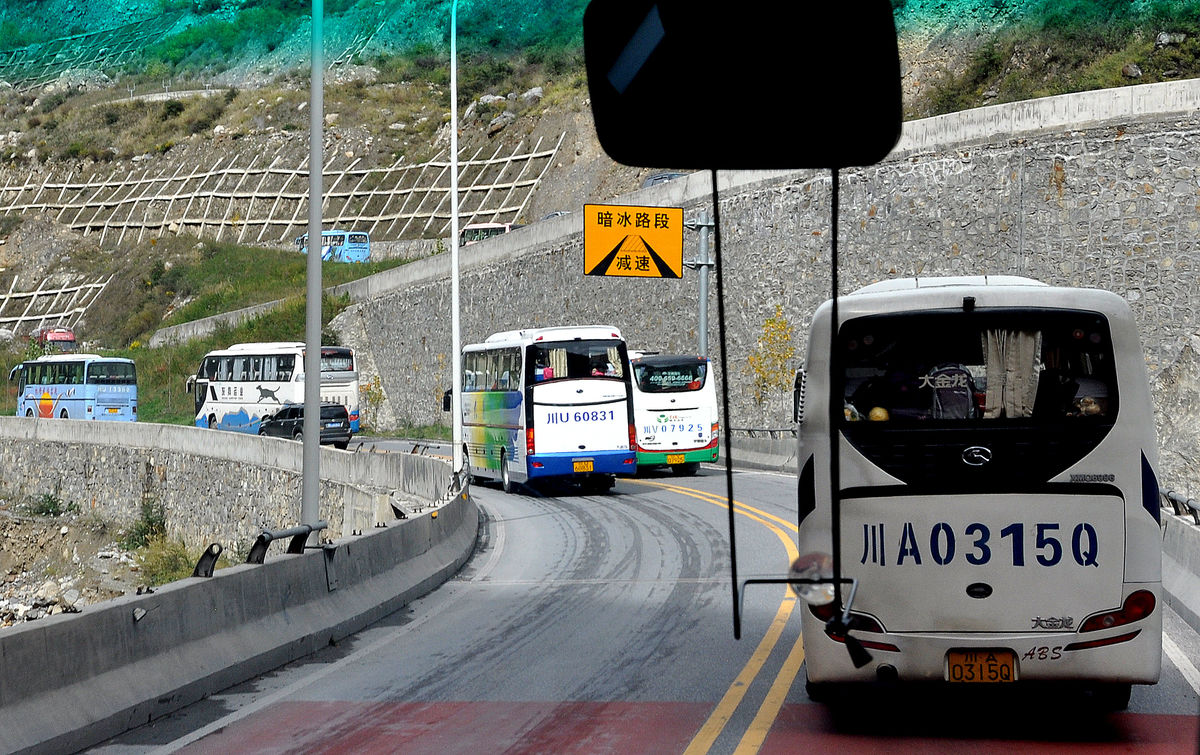
(Download)
5 - Busy road along the mountain-fringed Min river
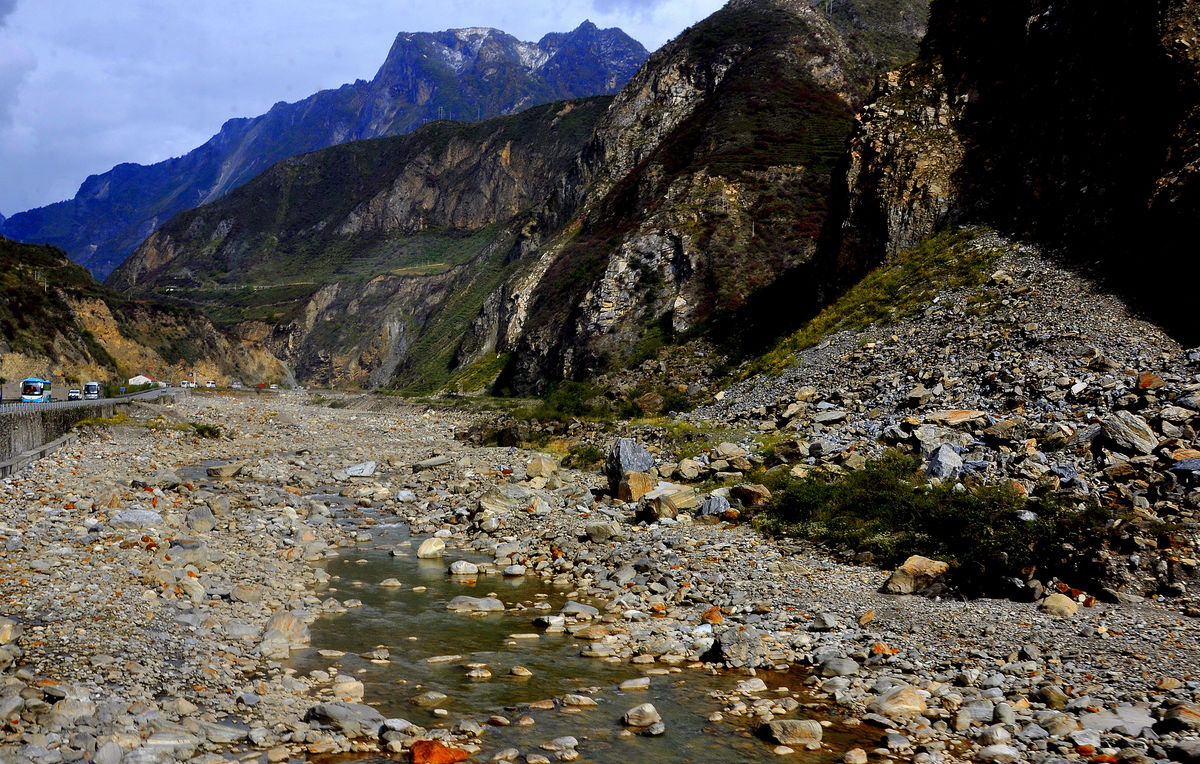
(Download)
6 - Traces of a now unused ancient trade-route carved into the mountainside
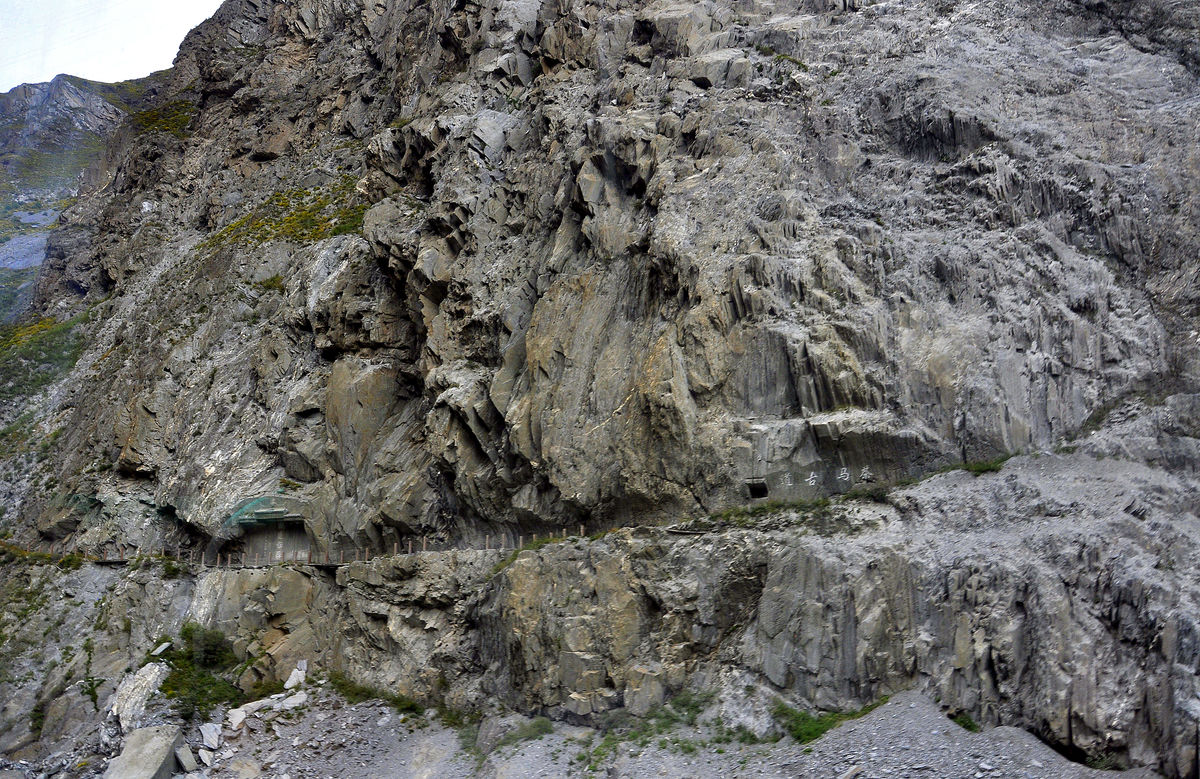
(Download)
7 - Near Wenchuan: Entrance stairway to the plaza and statue of Da Yu, ancient great hero of China, who initiated and mastered the controlling of the river floods
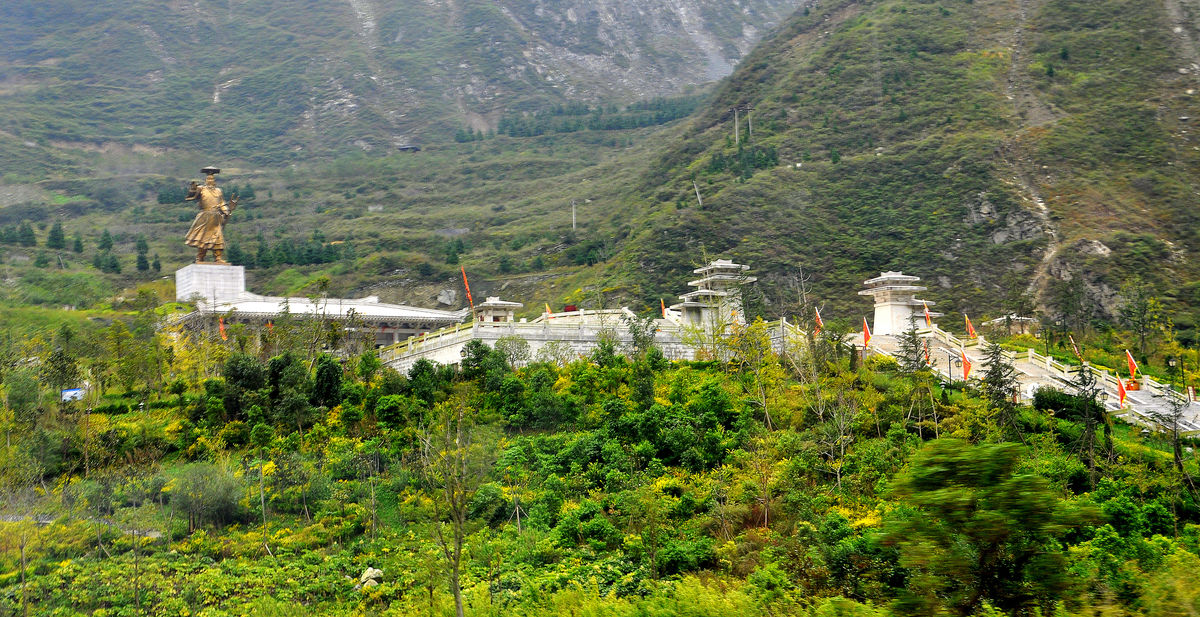
(Download)
8 - Closer view of the statue of Da Yu
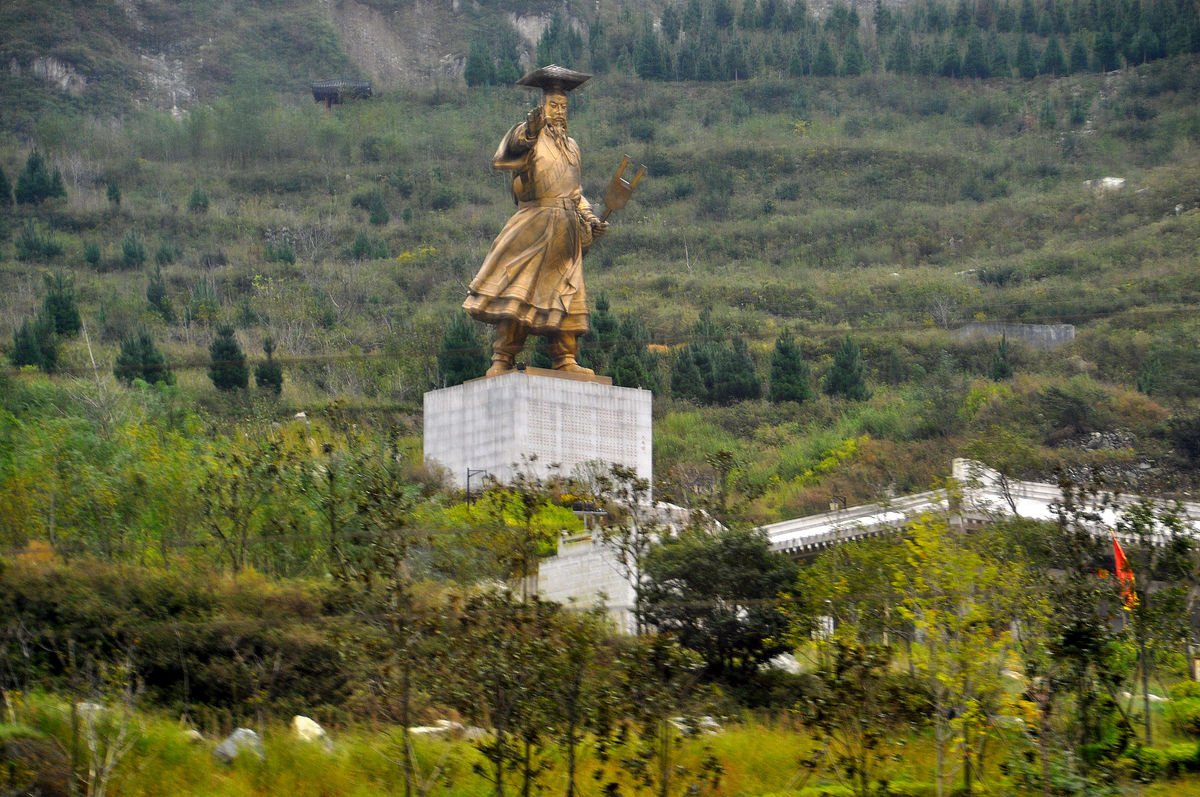
(Download)
9 - Near Wenchuan: Mountains with swirling clouds
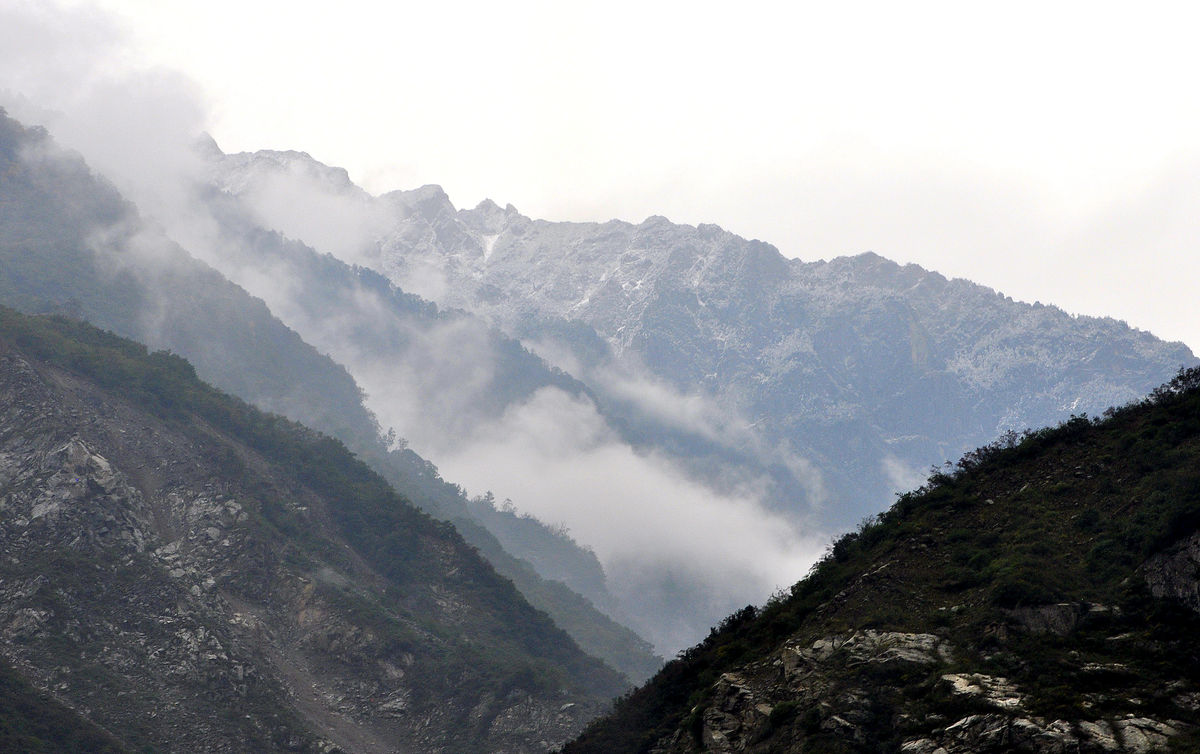
(Download)
10 - A typical very basic hanging bridge crossing the Min river
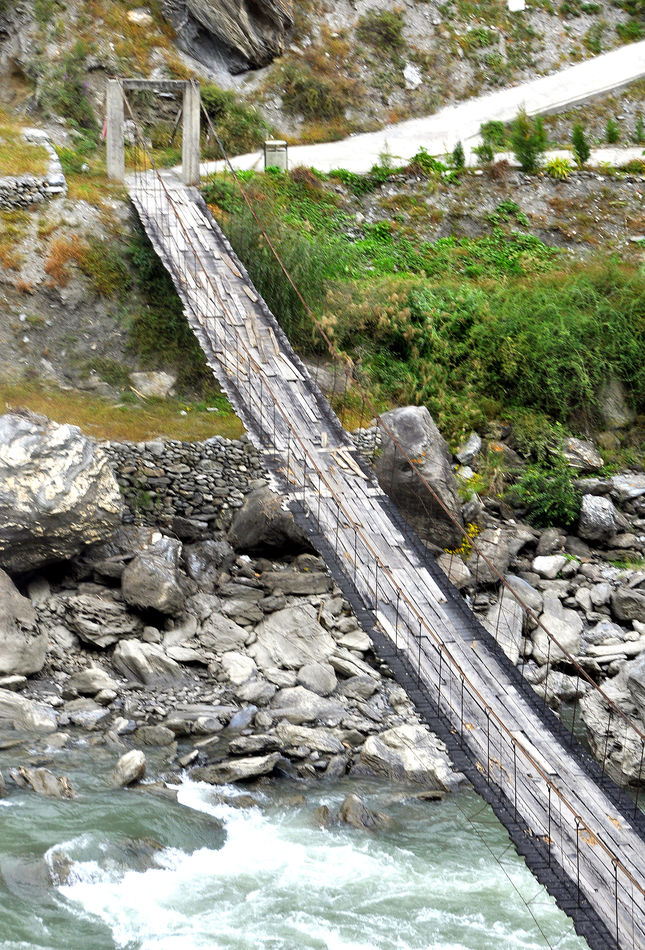
(Download)
Jan 4, 2022 10:59:18 #
Jan 4, 2022 11:21:37 #
angler wrote:
Excellent and interesting set Joe.
Thank you very much Jim, I am happy to hear that you enjoyed this set.
Jan 4, 2022 11:40:11 #
Jan 4, 2022 11:46:24 #
RichardTaylor wrote:
Good and interesting set.
Hi Richard, great to see you looking in and hearing from you, thanks for your nice comment!
Jan 4, 2022 12:06:32 #
lnl
Loc: SWFL
Your photos came out well, especially on a moving bus. Scary traffic! Your explanations add so much to your photographic journey. Thanks for this newest epic travelogue.
Jan 4, 2022 12:25:36 #
lnl wrote:
Your photos came out well, especially on a moving bus. Scary traffic! Your explanations add so much to your photographic journey. Thanks for this newest epic travelogue.
Thank you Ellen, glad to hear that you enjoyed the set and the explanations. Yes, traffic can be scary, especially as many of the drivers are used to take quite some risk. This particular scene looked scary but was actually ok as I explained. To get all the traffic moving on this mountain road, they resorted to the partial one-way traffic situation, which was a godsend, particularly as there are still very slow moving trucks on the road. On the other hand, the queuing up for the start of the one-way traffic is another story: Later on I will show a picture of a mass of cars, buses and trucks lining up helter-skelter to start the downhill trek, trying to cut in, cutting others off, often by the inch - but it all added to the excitement of experiencing another culture.
Jan 4, 2022 12:52:34 #
Jan 4, 2022 13:00:36 #
A very good start with photos, Joe. Besides learning about the area, #9 is a wall hanger.
Jan 4, 2022 13:22:40 #
kpmac wrote:
A place I would love to visit. Great set, Joe. And thanks for the narrative.
Thanks Ken, definitely a place off the trodden track, but unfortunately not sooo far off any longer, as you will see in a couple of days when we actually reach Jiuzhaigou and I present the development of visitor numbers over the past decades.
But still well worth a visit, though it is in an area often troubled by earthquakes: there was a big one in 2008 in Wenchuan, very much the area I just showed and then another one in 2017 after we visited, so the roads and tunnels in the area were damaged and the area was actually closed for some time.
Jan 4, 2022 13:30:47 #
UTMike wrote:
A very good start with photos, Joe. Besides learning about the area, #9 is a wall hanger.
Thank you Mike for your appreciation. I do love images of mountain ridges and clouds, this one out of the bus window was maybe not stellar but it is representative. This does remind me of another trip we did into the Wong Shan (Yellow Mountain) area in Anhui/China in 2010. That area is very famous within the Chinese community for its mountain ridges and swirling clouds and I got some interesting shots there. I haven't actually worked on these pictures yet, except for a few that made it into my 2011 calendar. I might try to start working on these albums this year, if time permits.
Jan 4, 2022 14:34:14 #
Wonderful start to your new series. Am I correct in thinking that hanging bridge is for pedestrians only?
Jan 4, 2022 14:34:36 #
Jan 4, 2022 15:01:58 #
weberwest wrote:
Sichuan (四川), alternatively romanized as Szechuan ... (show quote)
Breathtakingly beautiful ⭐💥🏆💥⭐
Jan 4, 2022 16:44:32 #
NMGal wrote:
Wonderful start to your new series. Am I correct in thinking that hanging bridge is for pedestrians only?
Thank you Barbara, I am glad to hear that you like this first picture set. Yes, this bridge is for pedestrians and definitely not for vehicular travel, I would assume though that bicycles and the small motorbikes they have over there would use it, and maybe even some of these 3-wheel vehicles that you will see in a couple of days up in a town called Songpan.
If you want to reply, then register here. Registration is free and your account is created instantly, so you can post right away.






